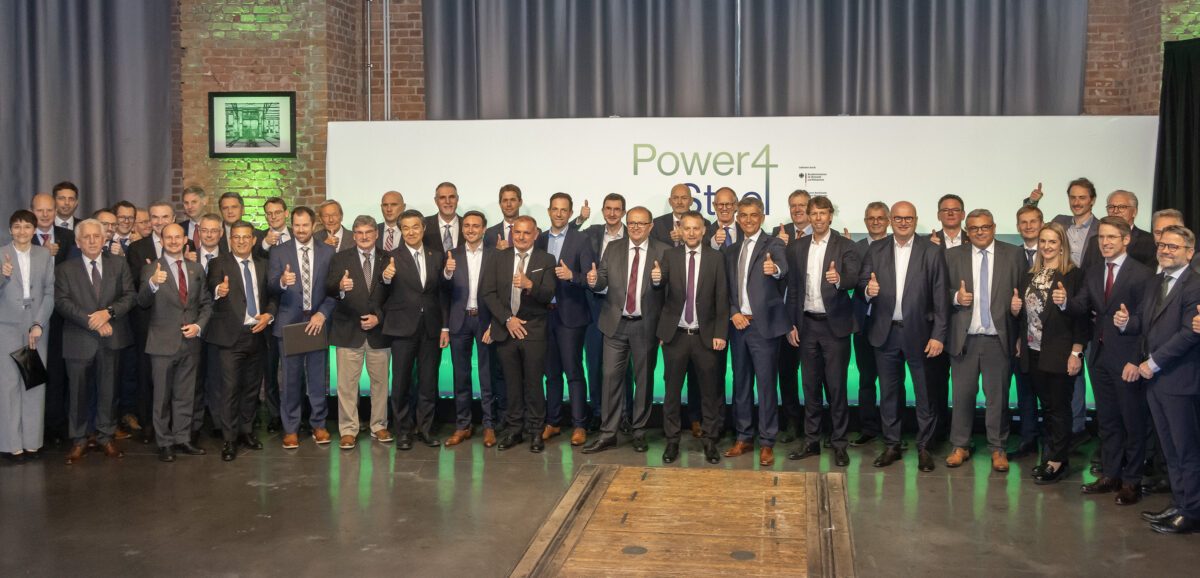Following the funding commitments from the federal and state governments for one of Europe’s largest decarbonization projects, the order for the central components is a milestone on the way to a “green” future for Saarland’s steel industry.
The direct reduction plant will supply reduced iron pellets to the two production sites in Dillingen/Saar and Völklingen. The plant at the Dillingen site has an annual production capacity of around two million tons of direct reduced iron and is based on innovative Midrex Flex technology, which offers the flexibility to work with various mixing ratios of natural gas and hydrogen. Plant construction firms Primetals Technologies, Midrex Technologies Inc. and the DSD Steel Group have been commissioned to build the plant.
In addition to the DRI plant, the contracts for the electric arc furnaces (EAF) for Dillingen and Saarstahl have also been awarded. These plants will produce CO2-reduced steel from the iron pellets produced in the DRI plant with the addition of steel scrap. The EAF for heavy plate manufacturer Dillinger is also being built by Primetals Technologies and the DSD Steel Group. SMS Group was chosen to build the EAF for wire rod and bar manufacturer Saarstahl.
The DRI plant and two electric arc furnaces are the core components of the decarbonization project of Saarstahl, Dillinger and ROGESA, with a production capacity of 3.5 million tons of crude steel per year. With the use steel scrap and initial quantities of hydrogen, the systems enable carbon emissions to be cut by up to 55 percent by the early 1930s. This corresponds to an annual reduction of 4.8 million tons of CO2.
The total investment for the conversion to “green” steel production, including environmental design, infrastructure and logistics measures, amounts to around EUR 4.6 billion. The companies are receiving EUR 2.6 billion in federal and state funding for this pioneering project, with the remaining funding being provided by the companies themselves.

